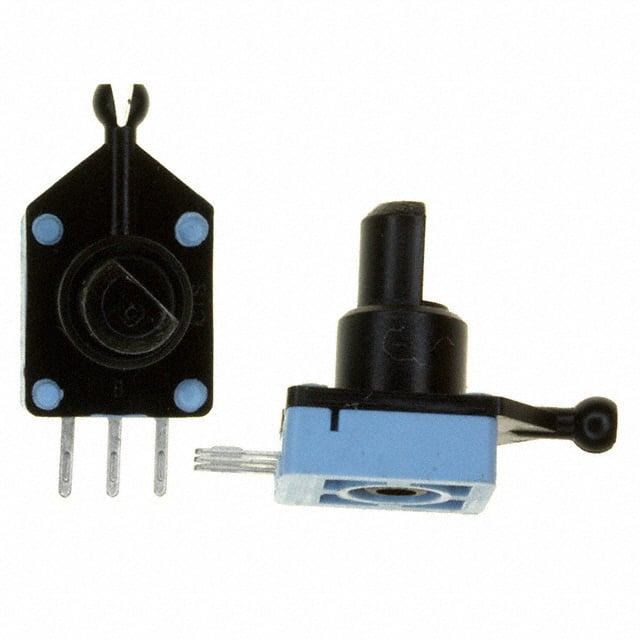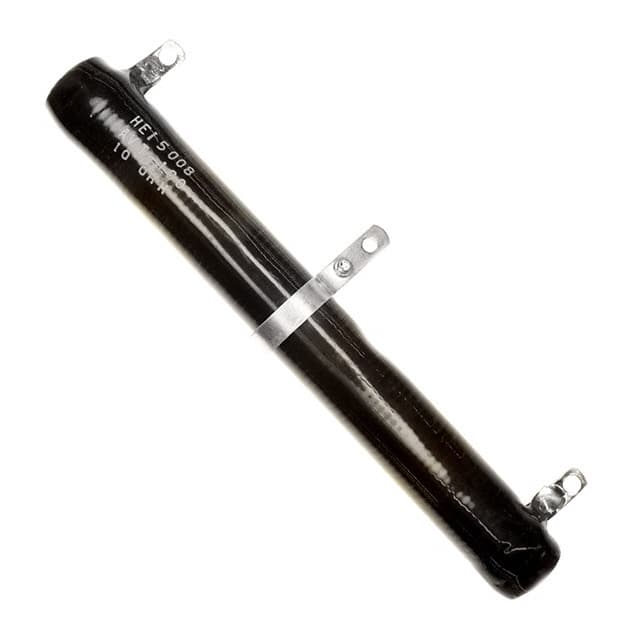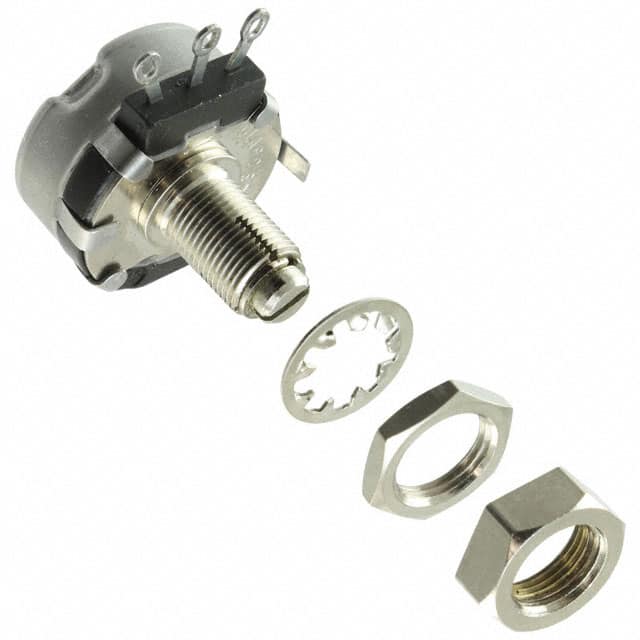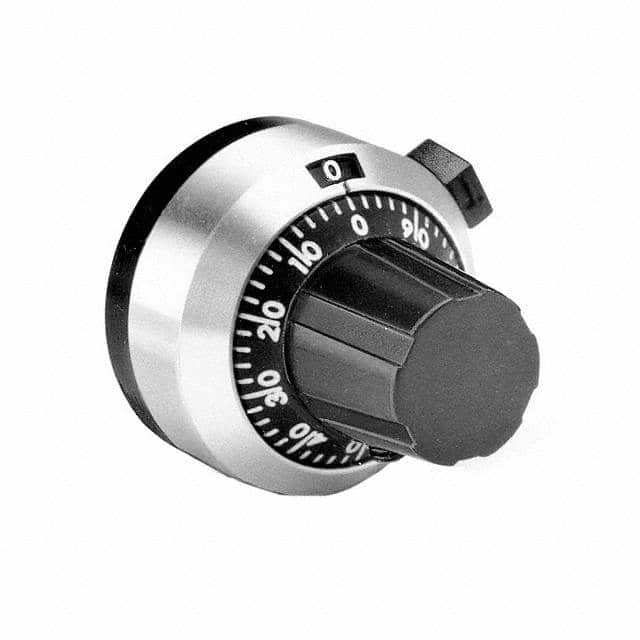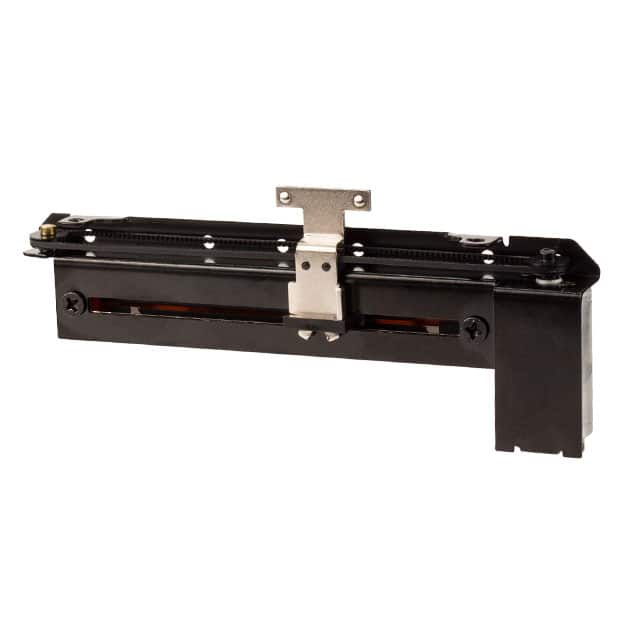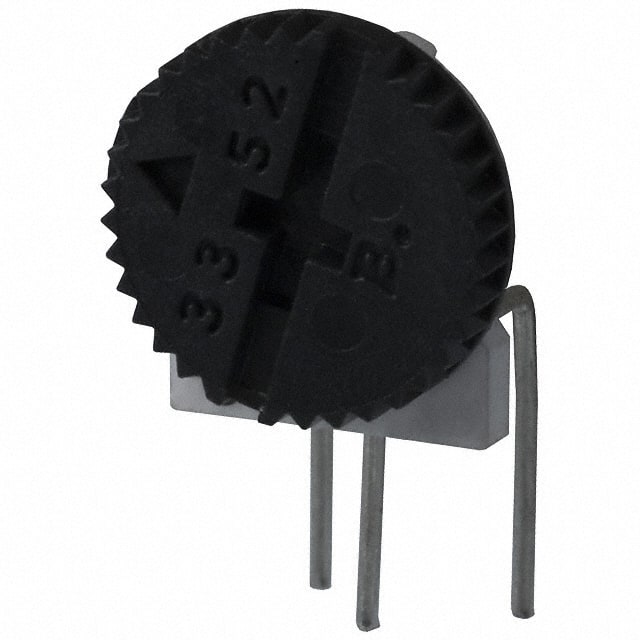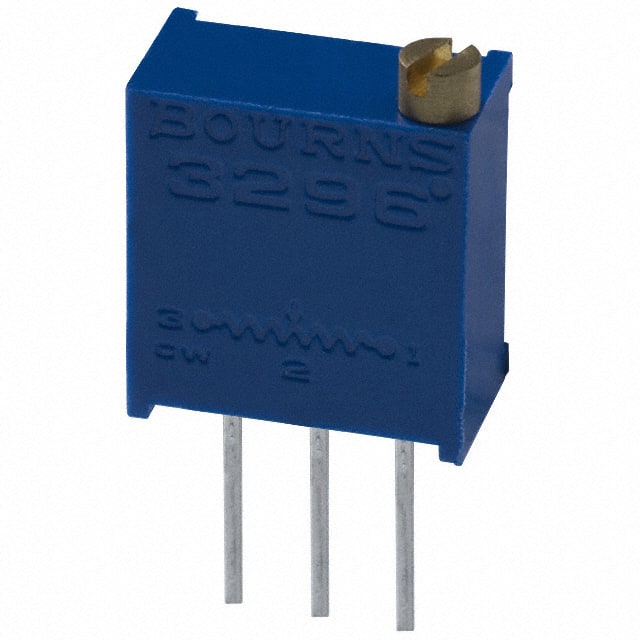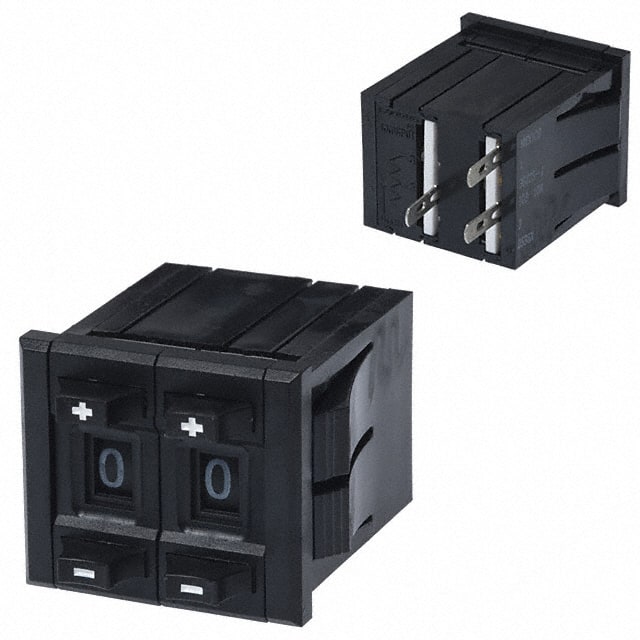Potentiometer and variable resistor definitions
A potentiometer is an electronic component used to adjust the value of resistance in a circuit to change voltage or current. It usually consists of a sliding electrical contact and a fixed resistor whose value changes with the position of the electrical contact.
A variable resistor is a type of potentiometer that allows the user to manually adjust the resistance value to meet different needs, such as controlling volume or brightness.
How a potentiometer works
A potentiometer is a passive electronic component that controls the current or voltage in a circuit by changing resistance. It usually consists of a movable electrical contact, and through the movement of a knob or slider, the resistance value of the potentiometer changes, thereby changing the electrical properties of the circuit.
Potentiometers are often used to adjust the volume, brightness and other parameters of electronic equipment and are common control components in electronic equipment.In a potentiometer, the entire input voltage is applied across the entire length of the resistor and the output voltage is the voltage drop between the fixed
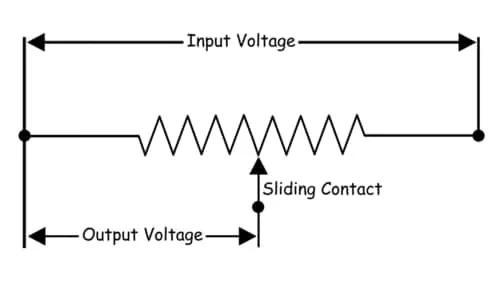
How does a variable resistor work?
A variable resistor is a very common and useful element in electrical circuits because it allows precise control of the value of current or voltage. This is accomplished by changing the size of the resistor, thereby affecting the current or voltage in the circuit.
By rotating or moving the wiper, the resistance value can be gradually increased or decreased, making it a powerful tool for adjusting the behavior of a circuit. For example, variable resistors can be used to control audio volume, screen brightness, power output, etc. This precise control is critical for a variety of electronic applications to meet user needs and optimize performance.
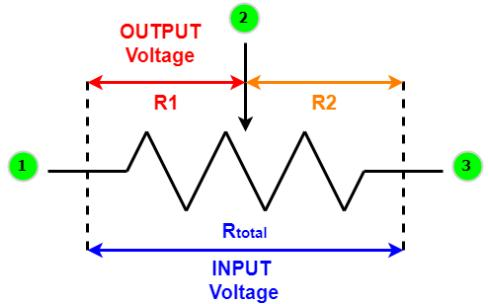
What types of potentiometers are there?
Knob Potentiometer: This is the most common type of potentiometer, usually in the form of a knob that is turned to change the resistance value. They are widely used to adjust volume, brightness and other parameters.
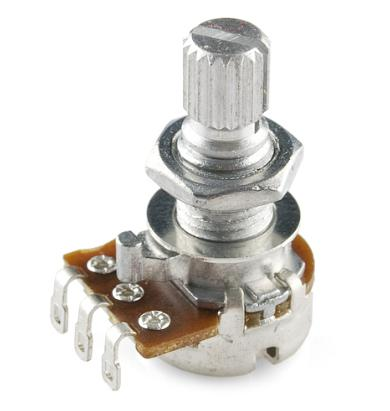
Slide Potentiometer: A slide potentiometer changes the resistance value by using a slider or a sliding resistor. They are often used for linear controls such as adjusting slide regulators.
Variable Resistor: A variable resistor is a potentiometer that provides variable resistance in a circuit. They are commonly used for signal conditioning and tuning in electronic circuits.
Multi-turn potentiometers: Multi-turn potentiometers allow for multiple rotations, providing more precise resistance value adjustments. They are often used in applications that require a high degree of accuracy.
Electronic Digital Potentiometer: This is a digital potentiometer that uses digital coding to control the resistance value, usually operated by a microprocessor or digital controller.
Linear Potentiometer: A linear potentiometer is a type of position sensor. They are used to measure displacement along a single axis, whether up and down or side to side. Linear potentiometers are typically rod driven and connected to an internal slider or wiper carriage.
What does a digital potentiometer circuit consist of?
Digital potentiometer circuits are usually divided into two main parts: the resistive element and the electronic switch, and the control circuit for the wiper. The first part, the resistive element and the electronic switch, is used to control the resistance value of the potentiometer.
Electronic switches allow selection of different resistive sections, thereby adjusting the resistance value of the potentiometer. The second part is the control circuit, which receives user input (such as the rotation of a knob) and generates digital signals to precisely control the operation of the electronic switch. This structure enables digital potentiometers to provide accurate resistance value adjustment and are widely used in a variety of electronic devices and applications.
Advantages and Limitations of Digital Potentiometers
advantage:
Accuracy and Programmability: Digital potentiometers are generally very accurate and can provide precise resistance values. Because they are digital, they can be easily programmed and controlled for precise resistance value adjustment.
Durability: Digital potentiometers are generally more durable than traditional knob potentiometers because they are not subject to the friction and wear of rotating contacts.
Remote control: Digital potentiometers can be integrated with microprocessors or other digital control systems to achieve remote control and automation functions.
Programmable Storage: Some digital potentiometers can store different resistance value settings for recall when needed.
limitation:
Cost: Digital potentiometers are generally more expensive than traditional analog potentiometers, which may be a limiting factor in some low-cost applications.
Complexity: Digital potentiometer circuits are relatively complex and may require more electronic components and board space.
Power Requirements: Digital potentiometers typically require additional power that traditional knob potentiometers do not.
Not suitable for high power: Some digital potentiometers are not suitable for high power circuits because of their lower resistance values.
What are the three main applications of potentiometers?
Electromotive force comparison: Compare the electromotive force of the cell to be tested with that of a known standard cell to evaluate its performance. This helps determine if the battery is still functioning within acceptable limits.
Internal resistance measurement: Internal resistance is a key parameter for battery performance. By measuring the internal resistance of a battery, you can understand its voltage drop and energy loss. Typically, internal resistance measurement requires applying a specific current pulse and measuring the corresponding voltage response.
Voltage Measurement: Measuring the voltage across a branch of a circuit helps determine the voltage output of the battery. This is a basic step in battery testing and can be used to evaluate the battery's voltage stability and changes.
Applications of variable resistors
Variable resistors are widely used in home electronics, including radios, speakers, microphones, televisions, oscillators, and smart home control devices. They are usually used to implement functions such as speed or volume control, providing users with convenient operation and personalized experience.
What are the 3 types of variable resistors?
Potentiometer
Also known as a knob potentiometer, it is a variable resistor with three terminals. A potentiometer changes the value of resistance by turning a physical knob, and is typically used to adjust voltage or signals in a circuit.
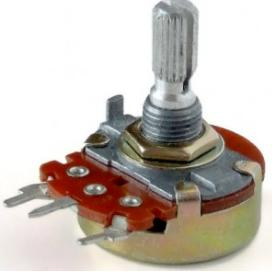
rheostat
Similar to a potentiometer, a rheostat is a variable resistor with three terminals. It is usually used to control the current in a circuit by adjusting the resistance value to change the intensity of the current.
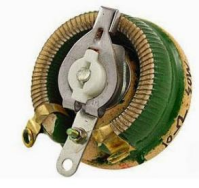
digital resistor
A digital potentiometer is an electronic variable resistor with a digital control interface, usually with only two terminals. It uses digital signals rather than physical knobs to control resistance values, so resistance values can be adjusted quickly and accurately. Digital potentiometers are widely used in modern electronic equipment and automation systems, especially when precise control of resistance values is required.
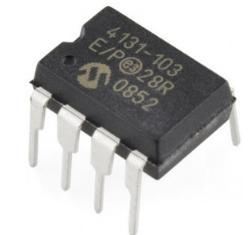

 My Cart
My Cart
